Autumn in Japan is the perfect time to enjoy a warm cup of tea.
As the season of new rice, red maple leaves, and cozy evenings arrives, tea lovers across Japan and Canada prepare for one of the most exciting events of the year — Nihoncha Matsuri (Japanese Tea Festival) in Toronto on November 2nd(SUN).
Before you join us for this celebration, let’s take a moment to explore what makes Japanese green tea (Nihoncha) so special — from its types and production methods to the culture behind every cup.
🌱 Ryokucha: The Broad Term for Green Tea
The word ryokucha (緑茶) literally means “green tea” and is a general term for all types of Japanese green tea, including sencha, matcha, and gyokuro. The beauty of ryokucha lies in its diversity—each region and tea master produces different aromas, colors, and tastes depending on soil, climate, and processing methods.
When you hear someone say “Would you like some ryokucha?”, they’re simply offering a cup of Japanese green tea—warm, soothing, and full of umami.
🍵 Types of Japanese Green Tea
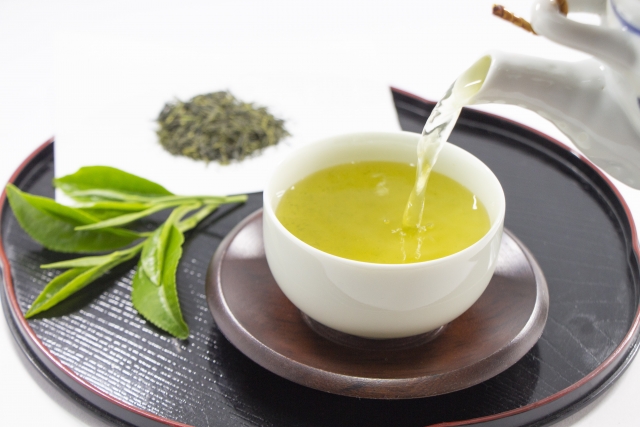
Japanese green tea, or Nihoncha, comes in many varieties, each with its own aroma, flavor, and brewing method. Here are some of the most beloved ones:
- Sencha (煎茶) – The most common green tea in Japan. It offers a refreshing aroma and balanced flavor, perfect for everyday enjoyment.
- Gyokuro (玉露) – A premium shade-grown tea with a rich umami taste and smooth sweetness.
- Matcha (抹茶) – Finely powdered green tea used in tea ceremonies and desserts. Whisked with hot water, it creates a vibrant green foam and deep flavor.
- Hojicha (ほうじ茶) – Roasted green tea with a warm, toasty aroma and low caffeine — great for relaxing evenings.
- Genmaicha (玄米茶) – A blend of sencha and roasted brown rice, offering a nutty aroma and light flavor that pairs beautifully with meals.
Sencha: The Everyday Tea of Japan
Sencha (煎茶) is the most common type of green tea enjoyed in Japan. It’s made from tea leaves that are steamed, rolled, and dried to preserve their bright green color and fresh flavor. Depending on the harvest and brewing temperature, sencha can taste grassy, sweet, or slightly bitter.
Most Japanese households have sencha on hand for daily enjoyment—it’s the tea you’ll often be offered when visiting someone’s home. It pairs perfectly with Japanese sweets, creating a refreshing balance between bitterness and sweetness.
Gyokuro (玉露) – The Jewel of Japanese Tea
Gyokuro, literally meaning “jade dew,” is one of Japan’s most prized teas. What sets it apart is its cultivation method: the tea plants are shaded for several weeks before harvest. This shading increases the amino acids in the leaves, creating a sweet, umami-rich flavor that is smooth and luxurious on the palate. Gyokuro is traditionally brewed at lower temperatures, around 50–60°C (122–140°F), to fully enjoy its delicate sweetness without bitterness. Savoring Gyokuro is a meditative experience, often associated with the refined aesthetics of Japanese tea culture.
Matcha: The Art of Tea Ceremony
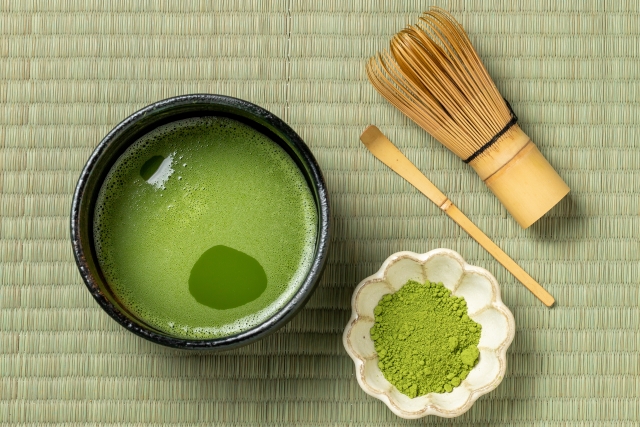
Perhaps the most iconic Japanese tea, matcha (抹茶) is finely ground green tea powder made from shade-grown leaves called tencha. This cultivation method increases chlorophyll and amino acids, giving matcha its vivid green color and rich umami flavor.
Matcha is at the heart of chado (茶道), the Japanese tea ceremony—a spiritual practice emphasizing simplicity, respect, and mindfulness. But beyond tradition, matcha has become a global favorite, appearing in lattes, desserts, and even skincare. Still, the true beauty of matcha lies in its ability to connect us to the present moment with every slow, deliberate whisk.
Hojicha (ほうじ茶) – Toasted Comfort in a Cup
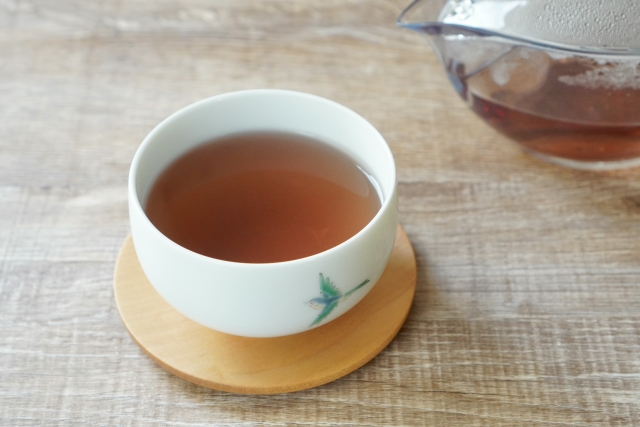
Hojicha offers a completely different experience. This tea is made by roasting green tea leaves over high heat, which gives it a warm, toasty aroma and a reddish-brown color. The roasting process significantly lowers caffeine content, making it ideal for evening relaxation. Its nutty, slightly caramel-like flavor is comforting and approachable, perfect for those who want a cozy cup of tea with a mild, soothing taste. Hojicha embodies a casual, homey side of Japanese tea culture.
Genmaicha (玄米茶) – The Harmony of Tea and Rice
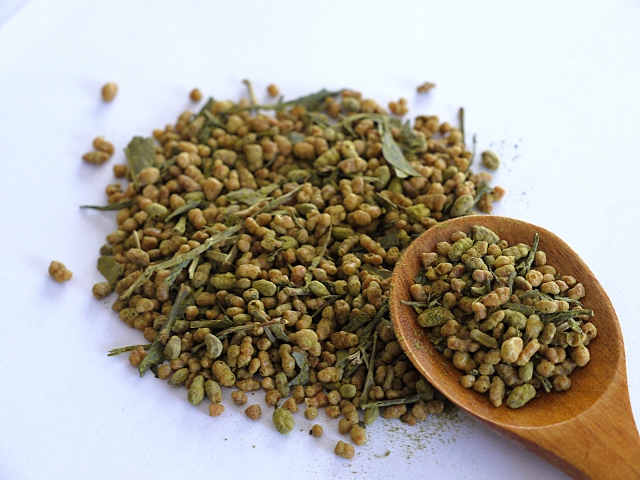
Genmaicha is a charming blend of green tea and roasted brown rice. Sometimes called “popcorn tea” because the rice sometimes pops during roasting, Genmaicha offers a nutty, slightly sweet, and aromatic flavor that pairs beautifully with meals or quiet afternoons. Traditionally, it was a humble tea enjoyed by common people, but today it is loved for its unique taste and comforting qualities. Genmaicha strikes a delightful balance between the freshness of green tea and the warm, toasty notes of rice, making it an approachable introduction to Japanese teas.
🌱 What Does “Unfermented Tea” Mean?
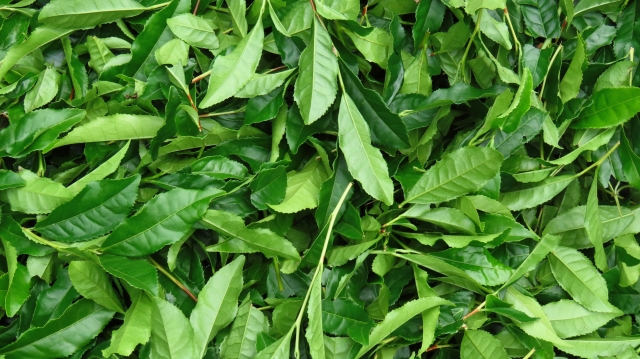
All tea — whether green, oolong, or black — comes from the same plant, Camellia sinensis.
What makes each tea different is the level of fermentation (oxidation) after harvesting.
| Fermentation Level | Type of Tea | Common Countries |
|---|---|---|
| Unfermented | Green Tea | Japan, China |
| Semi-fermented | Oolong Tea | Taiwan, China |
| Fully fermented | Black Tea | Worldwide |
“Unfermented tea” means the tea leaves are quickly steamed or pan-fired to stop oxidation right after picking.
This keeps the tea’s bright green color, fresh aroma, and delicate taste — all key features of Japanese green tea.
🍃 Japanese Tea = Unfermented Tea
Japanese green tea is known as unfermented tea because steaming immediately halts fermentation.
This unique method preserves the tea’s natural components, such as amino acids (which create the umami flavor) and antioxidants.
That’s why every sip of Nihoncha feels clean, balanced, and deeply refreshing — a reflection of Japan’s respect for nature and simplicity.
☕ The Spirit of “Wa” in Every Cup
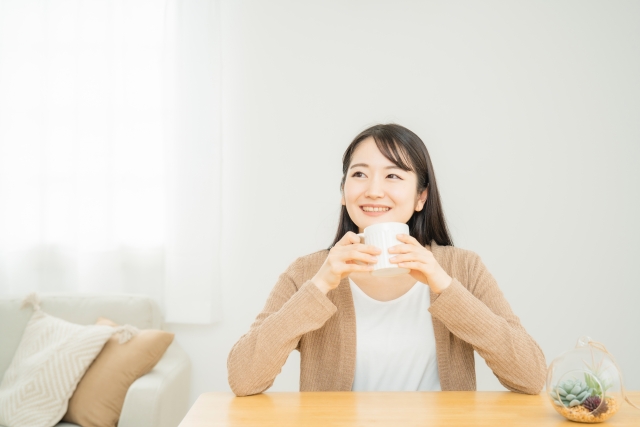
In Japan, preparing tea is more than a daily habit — it’s a cultural ritual.
The water temperature, teapot shape, and leaf quantity all change the taste, and discovering your ideal balance is part of the joy.
This mindfulness embodies “Wa” (harmony) — a sense of gratitude, calm, and connection shared through tea.
🎁 Special Offer for Our Blog Readers!

As a thank-you to our blog readers, we’re offering an exclusive $5 discount on Nihoncha Matsuri admission tickets!
🎟 Use the coupon code “V2025” at checkout to receive your discount.
👉 Get your tickets here: https://www.nihonchacanada.com/event-details/nihoncha-matsuri-2025
Come and join us to explore the delicate world of Japanese tea — from Sencha to Matcha, and everything in between.
Let’s share a warm cup and celebrate the spirit of Nihoncha together. 🍵
In Japan, tea is more than just a drink—it’s a way of life. From a comforting cup at home to the elegant rituals of a tea ceremony, Japanese green tea represents harmony, mindfulness, and respect for nature. Each type of tea—whether sencha, ryokucha, matcha, or nihoncha—has its own flavor, aroma, and history. Let’s take a closer look at the fascinating world of Japanese green tea.
🍂 Nihoncha: The Essence of Japanese Tea Culture
Nihoncha (日本茶) simply means “Japanese tea,” but it represents much more than a beverage. It’s the symbol of Japan’s tea culture—rooted in hospitality, seasonal appreciation, and community. Nihoncha encompasses all types of Japanese-grown tea, from sencha to hojicha (roasted tea) and genmaicha (brown rice tea).
At tea festivals like Nihoncha Matsuri, you can experience the full spectrum of Japanese tea: tasting regional varieties, learning about tea farming, and connecting with passionate producers who preserve Japan’s tea heritage.
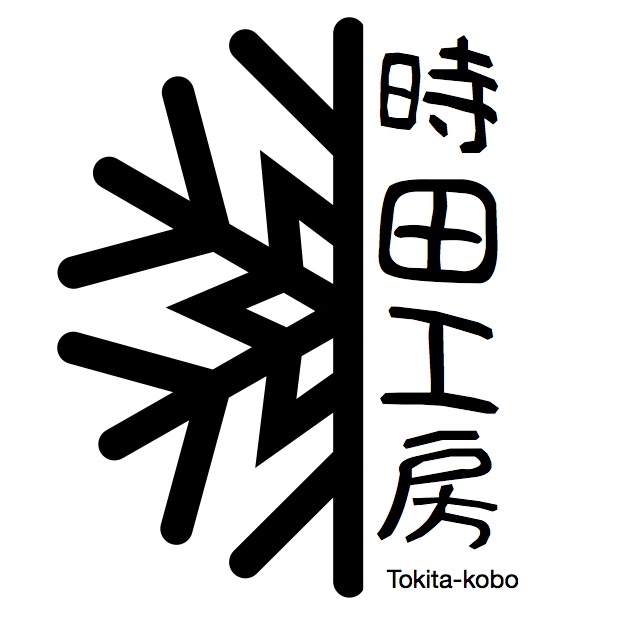
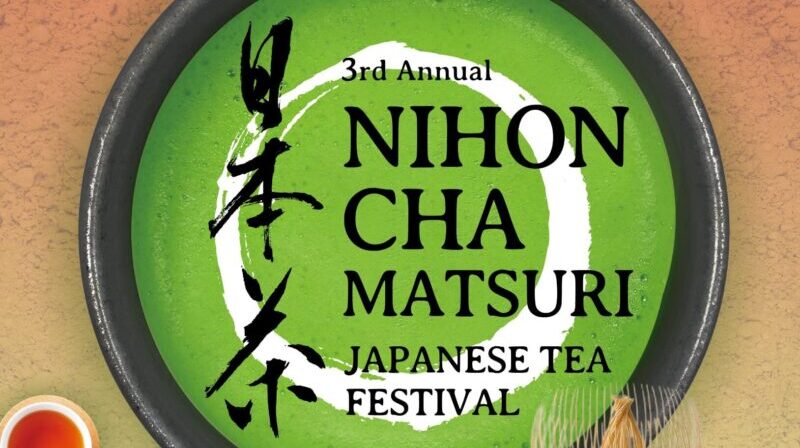
Leave a Reply